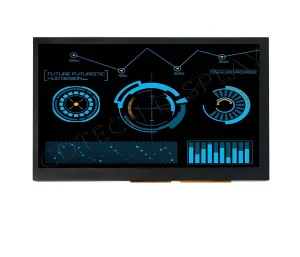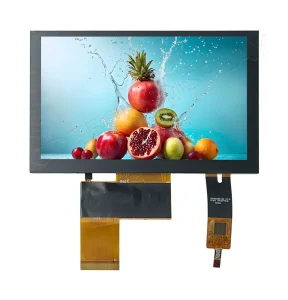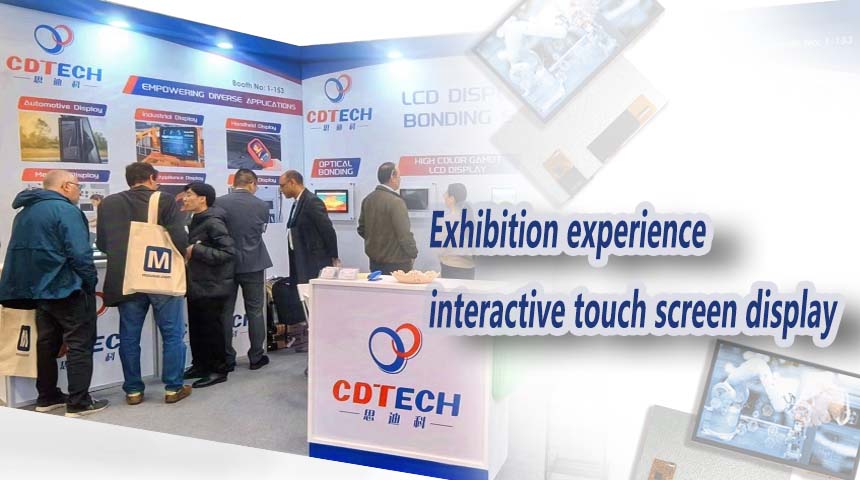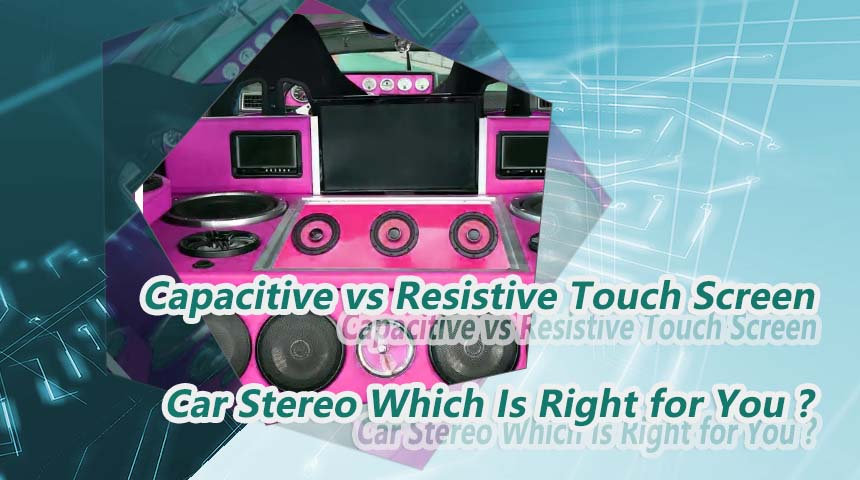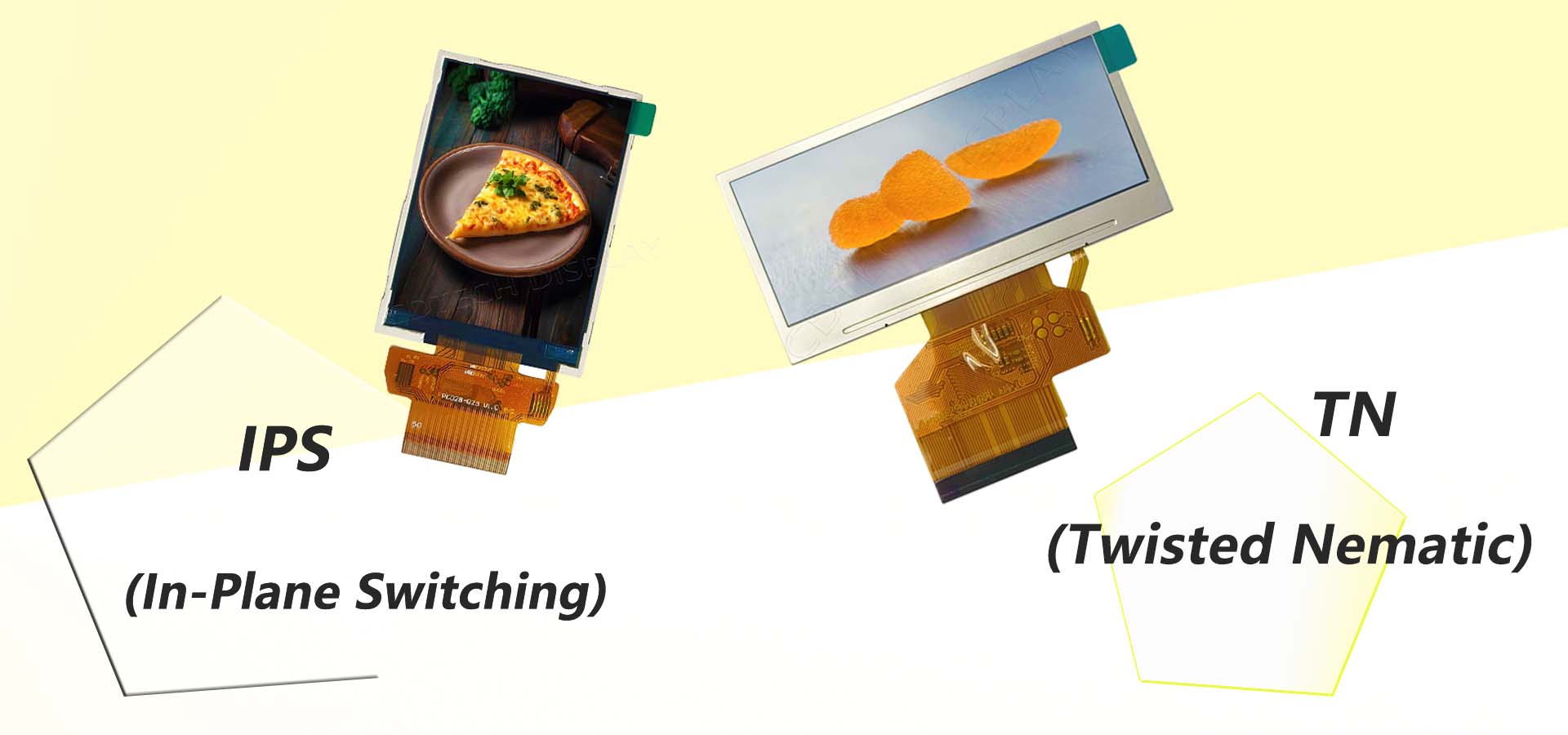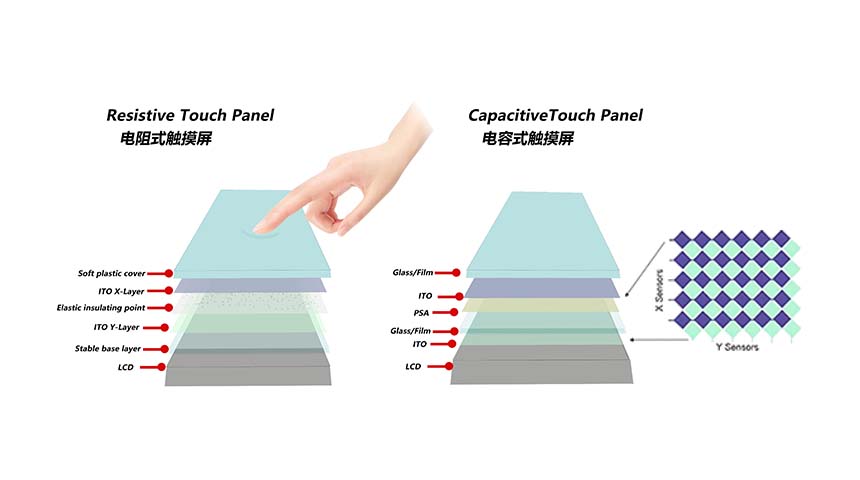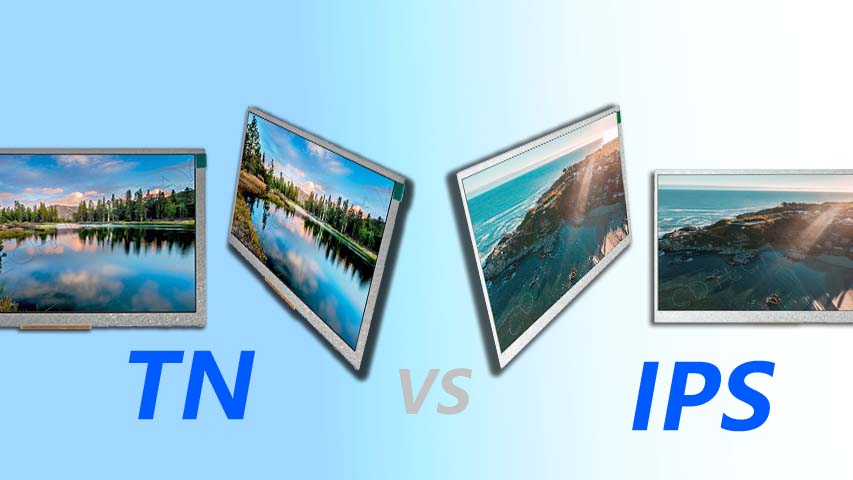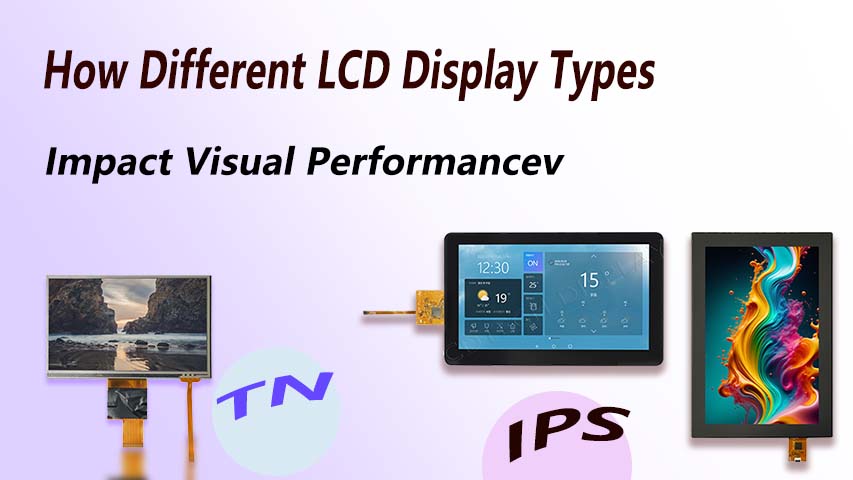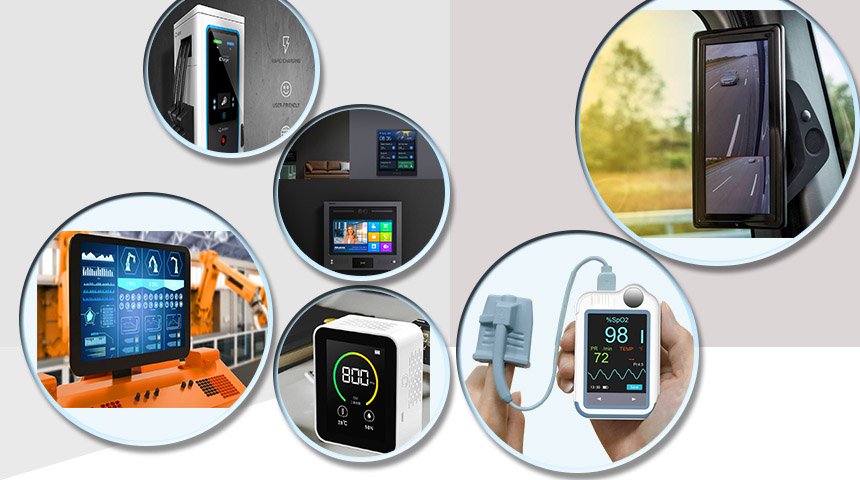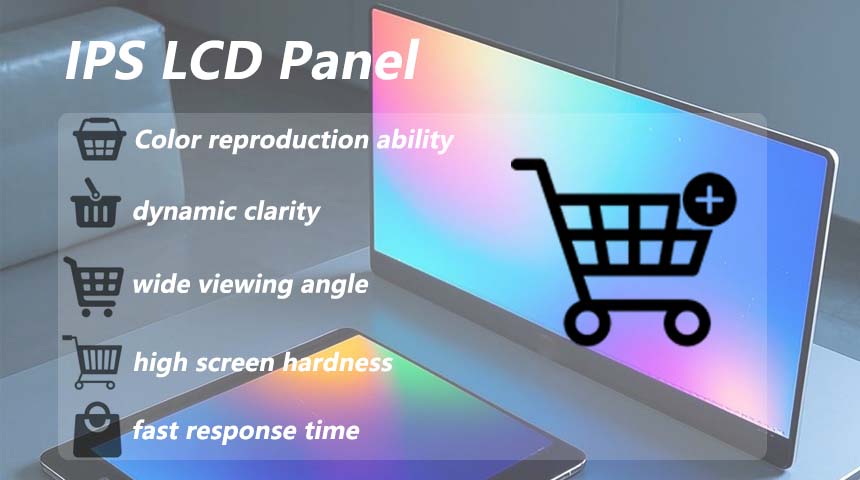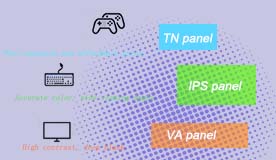How Does Capacitive Touch Panel Work?
The Basics of Capacitive Touch Panel Technology
Today, Capacitive touch panels offer a new paradigm for touch input in display interfaces that leverages the conductivity of the human body to provide responsive and easy-to-use interaction. Capacitive touch panels are an integral part of modern display interfaces as they enable a quick and intuitive user experience by registering the electrical properties of the human body.
The Role of Conductive Materials
The built-up layer of capacitance between the glass and the conductive material can be either Copper or Indium Tin Oxide (ITO) and is located beneath the display’s insulating outer layer. Touching the screen creates a little electrical charge which happens to be attracted to the point of touch, and thus, the point of interaction becomes an effective capacitor. The change in the electrostatic field is then sensed to find the point of contact.
Electrostatic Field and Touch Detection
Capacitive touch panels work by sensing variations in the field when a finger touches the screen at a particular point. The sensors in the panel detect this change enable accurate tracking of the touch location. This technology allows capacitive displays to respond effectively to gentle touches.
Types of Capacitive Touchscreens
Two generic forms of capacitive touchscreens are surface capacitance and projected capacitance technologies.
Surface Capacitance Technology
Surface capacitance technology employs just one side of the insulator with a conductive coating. The simple structure delivers rudimentary touch detection but without some of the more advanced features employed in other types.
Projected Capacitance Technology
Projected capacitance technology employs a grid made of rows and columns formed from conductive elements on a single or double layer. The grid method provides better precision in terms of accuracy and multi-touch functionality, making it suited for more sophisticated applications.
Advantages of Using Capacitive Touch Panels
Capacitive touch screens have benefits that make them more desirable compared to other forms of touchscreen technologies.
High Sensitivity and Accuracy
A major advantage is the sensitivity and precision level that capacitive panels offer. Capacitive panels can register touches effectively making them suitable for tasks that demand accuracy. The CDTech 7-inch IPS Display with a resolution of 1024 x 600 and a brightness of 400 Nits along with a Capacitive Touch Panel Air bonded is an example of this as it delivers consistent touch performance even in demanding environments.
Multi-Touch Support and Usability
Another benefit is their ability to recognize touch movements effectively which improves user experience by enabling users to execute several actions at once like zooming in by pinching or swiping using multiple fingers on the screen. Capacitive screens can accurately register input with gentle touches making it easier for users to interact smoothly with different devices.
Durability and Reliability
Capacitive touch screens are well-regarded for their sturdiness and dependability, even if they sustain cracks or punctures. The technology of touchscreens is always advancing and getting better with thinner designs and clearer images over time. Furthermore, customization options like the ones offered by CDTech make it possible to create solutions that are customized to meet the needs of different applications. Today interactive displays heavily rely on capacitive touch panel technology for its sensitivity and robust durability along with the ability to support multi-touch functionalities effectively across various applications such, as medical devices and industrial interfaces.
Applications Across Industries
Capacitive touch panels have revolutionized the way we interact with devices across various industries. Their high sensitivity, accuracy, and multi-touch capabilities make them suitable for a wide range of applications.
Medical Devices and Industrial UI
In the healthcare sector, capacitive touch screens are employed in gadgets that need input and dependable functionality. For instance, medical devices frequently necessitate precision to guarantee patient well-being and efficient diagnostics. Capacitive touch screens fulfill these criteria by delivering touch sensitivity and precision. Likewise in industrial user interfaces (UI), these screens enable engagement, with intricate machinery. In tough conditions like industrial environments products like the CDTech 5-inch IPS display with Capacitive Touch Panel Air bonded and 800×480 resolution can still function properly with its robust capacitive technology ensuring operational integrity.
Consumer Electronics and Handheld Devices
Capacitive touch panels offer advantages in consumer electronics by enabling natural gestures like swiping and pinching that enhance user experience on devices such as smartphones and tablets. The vivid display quality of screens adds visual appeal and responsiveness to the overall functionality of products like CDTechs 4-inch IPS display with Capacitive Touch Panel Optical bonded technology.
CDTech’s Role in the Capacitive Touch Panel Market
CDTech is a known company in the capacitive touch panel industry recognized for its dedication to pushing boundaries and delivering top-notch products.
CDTech provides a selection of capacitive touch panels designed to meet the unique requirements of different applications. They offer displays for handheld devices as well as larger screens for industrial use to cater to a variety of market needs. Customers can rely on CDTech’s LCD products for their quality and durability which ensures long-term usage without any decline in performance.
FAQ
Q1: Why don’t capacitive screens work with gloves?
Capacitive screens work by using the signals of our bodies to register touch commands. When we wear gloves while using these screens the fabric of the gloves stops the flow of charge from our fingers to the screen making it harder for the screen to sense our touches.
Q2: Can styluses be used?
Absolutely! Styluses made for screens work well in practice because they replicate the conductivity of a human finger and make interacting with capacitive displays smooth and effortless.
Q3: How to clean capacitive panels safely?
When cleaning panels properly and safely ensure to utilize a gentle microfiber cloth that is slightly moistened with water or a cleaning solution that is safe for screens to avoid any potential damage to the display surface caused by abrasive materials or harsh chemicals.
Q4: Do screen protectors affect sensitivity?
Many screen protectors can impact touch sensitivity based on how thick they are and what materials they’re made of, the good news is that nowadays most screen protectors are thin enough to not mess with touch response too much while still offering solid scratch and impact protection.


 2025-02-25
2025-02-25  11:50
11:50 
